Table of Contents
What are Eddy Currents?
Eddy currents are the currents induced in the body of a conductor when the amount of magnetic flux linked with the conductor changes. These were discovered by Foucault in the year 1895 and hence they are also called Foucault currents.
For example, when we move a metal plate out of a magnetic field, the relative motion of the field and the conductor again induces a current in the conductor. The conduction electrons making up the induced current whirl about within the plate as if they were caught in an eddy (or whirlpool) of water. This is called the eddy current.
| The magnitude of the eddy current is i = induced e.m.f/resistance = e/R But e = -dϕ/dt ∴ i = -(dϕ/dt)/R |
The direction of eddy currents is given by Lenz’s Law or Fleming’s Right-Hand Rule.
Experimental Demonstration of Eddy Currents:
The presence of eddy currents can be demonstrated by the following experiments-
- Suspend a magnetic needle and allow it to oscillate torsionally first over a sheet of glass and then over a sheet of copper. It would be observed that the oscillations die away more quickly in the latter case owing to the production of eddy currents in the copper sheet which opposes the motion of the needle.
- Oscillate a pendulum made of copper block in between the poles of a strong horseshoe magnet. It would be found that on switching the current in the electromagnet, the motion of the pendulum will be at once checked. The eddy currents produced in the copper block oppose the motion in the magnetic field.
- If a ring of aluminium is placed over a core of a solenoid through which a.c., is flowing, the ring will be thrown off.
Prevention of Eddy Currents:
When a metallic plate oscillates in a magnetic field or when the magnetic flux through a solid mass of a conductor changes with time, eddy currents are produced. The eddy currents so produced heat up the metallic plate or core. The heating of the core by eddy currents is undesirable because-
- It represents a loss of useful energy.
- It increases the risk of the breakdown of the insulation of the windings.
Eddy currents must, therefore, be reduced by some practical methods.
There are two methods which can be used to weaken the eddy currents-
- Use of Slotted Metallic Plate- The metallic plate should be cut in such a manner so as to increase the path for the eddy currents. The increased path means greater resistance to the flow of currents. For example, a rectangular slotted copper pendulum swings free in a magnetic field but a pendulum of an unslotted plate will be quickly damped by the eddy currents.
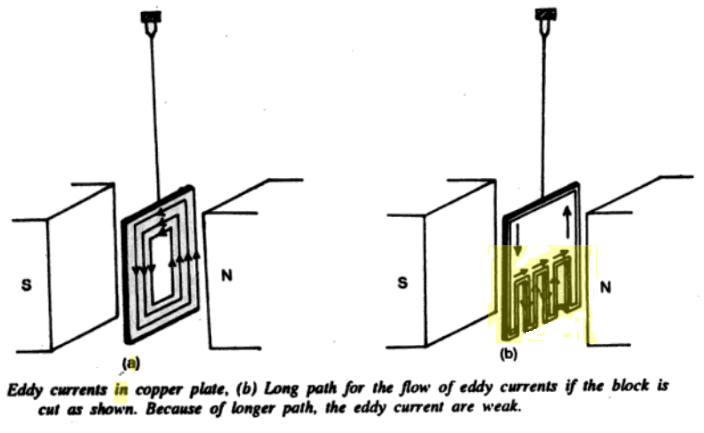
- Use of Laminated Core- The core of a transformer, motor, choke, etc., should be divided into thin sheets (called laminae) and these should be insulated from each other with suitable insulating materials. The solid core should be divided into laminae such that their plane surfaces are parallel to lines of force. On doing so, the flux linked with local eddy current circuits is reduced to minimum, hence eddy currents become quite weak.
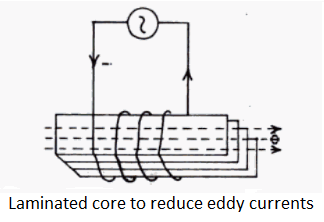
Applications of Eddy Currents:
Eddy currents are not always an evil. They find application in the following cases-
(1) Dead beat Galvanometer- If a galvanometer is used for current measurement, its needle (and the coil) remains deflected to a fixed angle as long as constant current flows through itself. However, as soon as the current is switched off, the coil returns back to its stable zero position, moves ahead in the same direction due to increased kinetic energy and thus a torsional simple harmonic oscillation about the vertical suspension axis is started which may continue for long periods. Unless the oscillations stop, it cannot be used for measurement of any other current. Thus, a conducting metal body is used for the frame of the coil on which wire is wound. When the current is stopped and the coil starts oscillating, the eddy currents in the metal frame tend to stop its motion in the magnetic field, hence the coil stops within a very short period. Such a galvanometer is called a dead beat galvanometer.
(2) Induction Furnace- Eddy currents produce heat in metals. Metals can be melted by placing them in varying magnetic field. Induction Furnace works on the principle of eddy currents.
(3) Electromagnetic Brakes- If a strong, uniform and stationary magnetic field are suddenly applied to a rotating drum of metal, eddy currents are set up in the drum material which opposes the motion of the drum and stops its rotations. Electric brakes have this kind of brakes.
(4) Induction Motors- An induction motor or a.c. motor is yet another important application of eddy currents. A rotating magnetic field produces strong eddy currents in a rotor, which starts rotating in the direction of the rotating magnetic field.
(5) Other Miscellaneous Uses- Eddy currents are used in power meters measuring electric energy, speedometers of automobiles etc. It is also used in the “deep-heat” treatment of the human body for various medical purposes.
Some of the Undesirable Effects of Eddy Currents are:
- They oppose the relative motion.
- They involve loss of energy in the form of heat.
- Excessive heating may break the insulation in the appliances and reduce their life.


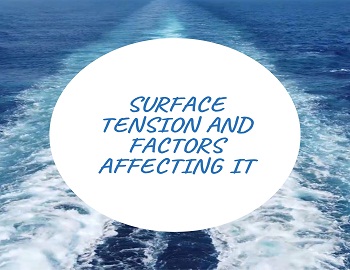
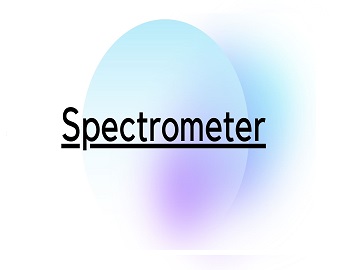
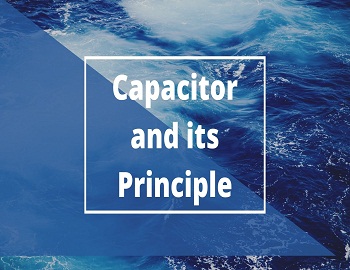

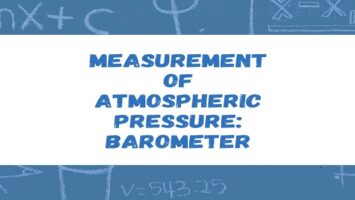


Comments (No)